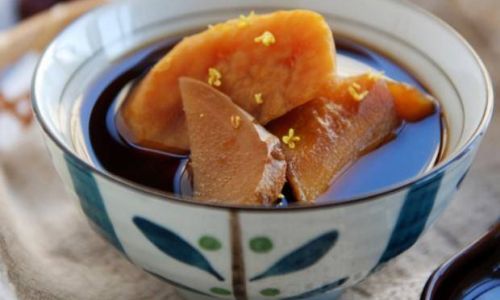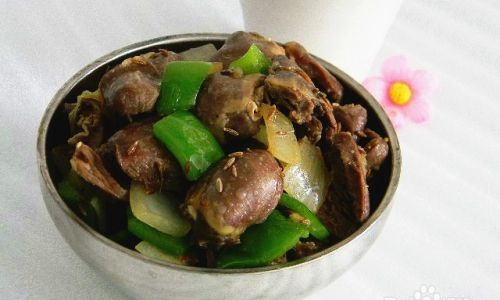Table of content
Lobster, often hailed as the “king of seafood,” is a culinary treasure that has graced tables for centuries. Its sweet, tender meat and impressive presentation make it a favorite for special occasions, from romantic dinners to celebratory feasts. However, cooking lobster at home can intimidate even seasoned cooks due to its reputation as a luxury ingredient and the perceived complexity of handling live crustaceans. This guide aims to demystify the process, offering step-by-step instructions, tips, and creative recipe ideas to help you master the art of preparing lobster. Whether you prefer classic boiling, elegant steaming, or adventurous grilling, this article will equip you with the knowledge to transform this prized ingredient into a memorable meal.
Understanding Lobster: Types and Selection
Before diving into cooking methods, it’s essential to familiarize yourself with the most common types of lobster. The two primary varieties found in global markets are the American lobster (also known as Maine lobster) and the spiny lobster (or rock lobster). American lobsters, recognized by their large claws and dark greenish-brown shells, are prized for their sweet, succulent meat. Spiny lobsters, found in warmer waters, lack claws but boast firm, flavorful tail meat. When selecting lobster, freshness is paramount. Live lobsters should be active, with intact shells and no signs of discoloration or ammonia-like odors. If live lobsters are unavailable, frozen tails or cooked meat can be used, though freshness directly impacts flavor.
Ethical Considerations: Humane Handling
Cooking live lobster raises ethical questions for some home cooks. While debates persist about whether lobsters feel pain, many chefs advocate for humane methods. One approach is to chill lobsters in the freezer for 15–20 minutes prior to cooking, which numbs them and reduces stress. Alternatively, some regions allow purchasing pre-killed lobsters from ethical suppliers. Regardless of your stance, handling lobsters with care ensures both culinary success and peace of mind.
Cooking Methods: From Boiling to Sous-Vide
Boiling: The Classic Approach
Boiling is the most traditional method for cooking whole lobsters. To begin, fill a large stockpot with water, adding 2 tablespoons of salt per quart. Bring the water to a rolling boil. Gently place the lobster headfirst into the pot using tongs. Cover and cook for 8–12 minutes per pound (adjust for size). Overcooking results in tough meat, so timing is critical. Once cooked, drain the lobster and rinse under cold water to halt cooking.

Pro Tip: Add aromatics like lemon slices, bay leaves, or peppercorns to the boiling water for subtle flavor infusion.
Steaming: Gentle and Flavorful
Steaming retains more moisture than boiling, yielding tender meat. Place a steamer basket in a pot with 2 inches of salted water. Bring to a boil, add the lobster, cover, and steam for 14–18 minutes per pound. This method is ideal for lobsters over 2 pounds, as it cooks evenly without risking a boil-over.
Grilling: Smoky and Charred
Grilling imparts a smoky depth to lobster meat. Split live lobsters lengthwise using a sharp knife or kitchen shears, then brush with melted butter, garlic, and herbs. Preheat the grill to medium-high heat and place the lobsters flesh-side down. Cook for 5–7 minutes, then flip and baste with butter. Grill until the meat is opaque and slightly charred.
Safety Note: Splitting lobsters requires caution; use a sturdy knife and a firm grip.
Baking: Elegant Stuffed Lobster
Baking is perfect for stuffed lobster recipes. Preheat the oven to 375°F (190°C). Split the lobster and remove the tomalley (green liver) and coral (roe), if desired. Stuff the cavity with a mixture of breadcrumbs, herbs, Parmesan, and butter. Bake for 15–20 minutes until the meat is cooked and the stuffing is golden.
Sous-Vide: Precision Cooking
For the ultimate in tenderness, sous-vide cooking ensures even results. Vacuum-seal lobster tails with butter, herbs, and lemon, then cook in a water bath at 140°F (60°C) for 30–45 minutes. Finish with a quick sear in a hot pan for caramelization.
Serving and Pairing
Lobster’s rich flavor pairs beautifully with simple accompaniments. Classic options include:

- Melted butter: Clarified butter with a squeeze of lemon.
- Garlic butter: Sautéed garlic, parsley, and butter.
- Drawn butter: A staple for dipping, enhanced with herbs or citrus.
For sides, consider roasted potatoes, grilled asparagus, or a crisp green salad. Wine pairings like Chardonnay, Sauvignon Blanc, or Champagne complement lobster’s sweetness without overpowering it.
Creative Recipes: Beyond the Basics
Lobster Bisque
Transform leftover shells into a luxurious bisque. Sauté shells with aromatics, deglaze with brandy, and simmer with tomatoes and fish stock. Purée, strain, and finish with cream for a silky soup.
Lobster Rolls
A New England favorite: Chop cooked lobster meat, toss with mayo, celery, and lemon, then pile into a buttered, toasted roll.
Lobster Risotto
Infuse Arborio rice with lobster stock, then fold in cooked meat, Parmesan, and chives for a decadent dish.
Common Mistakes to Avoid
- Overcooking: Lobster meat turns rubbery when cooked too long. Use a timer and check for opacity.
- Underseasoning: Salted water enhances flavor; don’t skip it.
- Using a Small Pot: Lobsters need ample space to cook evenly.
- Ignoring the Tomalley: While edible, some diners prefer to discard it for aesthetic reasons.
Storing and Reheating
Cooked lobster meat can be refrigerated for up to two days or frozen for three months. Reheat gently in butter or broth to prevent drying out.
Conclusion: The Joy of Lobster
Cooking lobster at home is a rewarding endeavor that elevates any meal. By understanding the nuances of selection, preparation, and cooking methods, you can create dishes that rival those of fine dining establishments. Whether you opt for the simplicity of boiled lobster with butter or the sophistication of a grilled tail with herb sauce, this crustacean offers endless possibilities for culinary exploration. So, embrace the process, savor each bite, and let the ocean’s sweetness grace your table.






0 comments